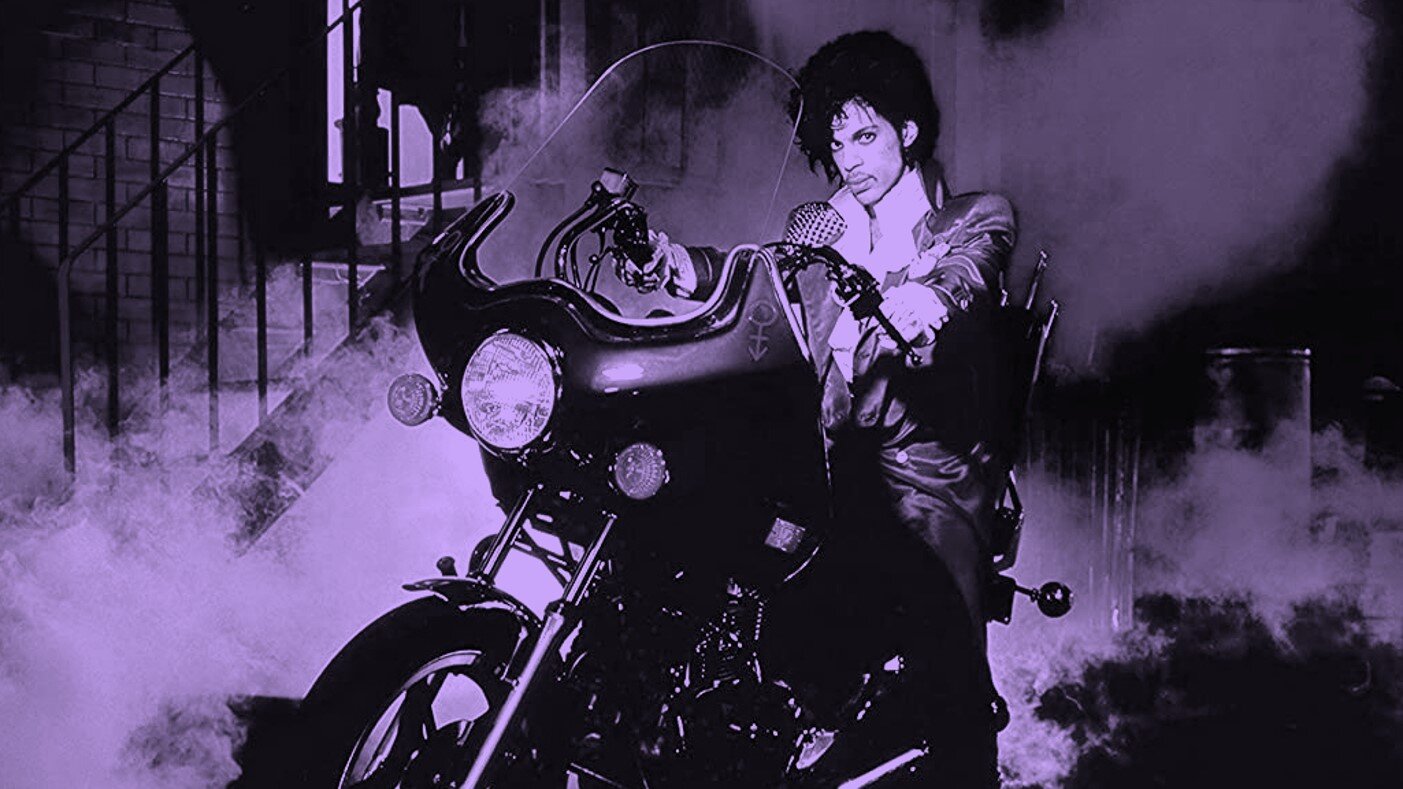“Now where I come from, we don’t let society tell us how it’s supposed to be / Our clothes, our hair, we don’t care, it’s all about being there.” – Prince (“Uptown”)
No one travels through life without, at some point, experiencing the loss of someone or something dear, but 2016 seemed to be more brutal than usual. The news of Prince’s untimely passing on April 21st left the world gutted as fans and celebrities reacted with words of devastation, shock, and sorrow. For me, Prince always had a song for whatever mood I was in that day, and while questions continue to swirl around his death and finances for Paisley Park, we should turn our attention to what mattered to him: his artistic body of work. If we were analyze the DNA of his career, there’s a single dominant thread that made him appear larger-than-life: Prince’s rebellious nature. He was a one-of-a-kind individual living amongst people attempting to imitate one another.
The word “prolific” doesn’t even begin to do his catalog justice: 39 official studio albums totaling over 150 million copies sold worldwide (and that’s not counting his bootlegs, B-sides, and numerous side projects for his protégés). Lyrically, no topic was off limits: apocalypse, partying, sex, death, race, love, hate, incest, technology, cars, sin, salvation, human-to-animal reincarnation, and geopolitics. Musically, he never stayed in one place morphing from rock, pop, and new wave to hip-hop, funk, soul, jazz, and classical. He wrote “Sugar Walls” (Sheena Easton), “Manic Monday” (The Bangles), “I Feel for You” (Chaka Khan), and “Nothing Compares 2 U” (The Family, Sinead O’Connor) to name a few. Not to mention, he was still touring regularly and starred in four motion pictures (Purple Rain, Under the Cherry Moon, Sign O’ the Times, and Graffiti Bridge) in his lifetime. If one were to list the traits that a great musical artist should have—the ability to write, arrange, produce, sing, dance, master a multitude of instruments, perform blistering live shows and creating an aura of mysteriousness and mythology album—very few artists (if any) can check off all those boxes as emphatically as Prince. He wasn’t just a dabbler in different areas. He was a master at almost everything he did, and imitators flooded the musical landscape.
Behind the scenes of his musical endeavors, Prince had long had a turbulent relationship with record labels regarding how much music they permitted him to release. In defiance of Warner Bros’ desire to wait a couple of years between major releases, Prince sacrificed his hard-earned place in the limelight—and, for a time, his birth name—to fight for complete artistic freedom and ownership of the music he created in 1994. After a two-year public dispute and the fulfillment of his contractual obligations, he reverted to his birth name and mentored younger artists on what pitfalls to steer away from in the terms and conditions of recording contracts.
Not only was he a revolutionary musical artist with no real competition but his past self, he was also constantly reinventing his keen sense of style. From the ruffles of his Purple Rain shirts to his heels of his trademark boots, Prince treated fashion as an extension of his flamboyant musical output. It was never about following trends; it was about challenging gender norms, sporting flasher’s trenchcoats and high-waisted pants to polka-dotted suits and loose-fitting silk jumpsuits. His Paisley Park mansion housed a personal wardrobe department with a team of designers working around-the-clock producing clothes on a series of Prince-sized mannequins. “Nobody dressed like Prince or could pull it off like him, with his complete confidence,” the Minneapolis-based designer Mariette Verhoeven told Mpls St. Paul Magazine. “His sense of fashion had no limits, and he reinvented himself as much as he did in his music.”
I’m not sure why so many of our heroes have left us this year. David Bowie was the first of many gut punches where one tweet said losing him felt “like we lost something elemental, as if an entire color is gone.” The feeling is mutual when discussing Prince and his majestic shades of purple. His death is (and perhaps always will be) devastating, but let’s be thankful that we witnessed a musical genius take the rule book, rewrite it, and rip it to shreds before strutting into the afterlife in his high-heels.
Recommended Listening: Sign O' the Times (1987) | Buy via Amazon or Tidal
Listen:

